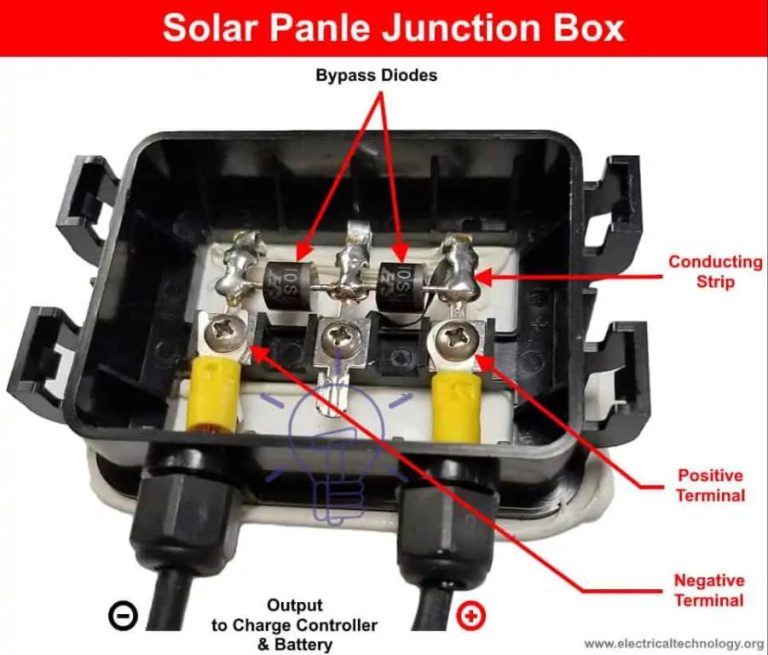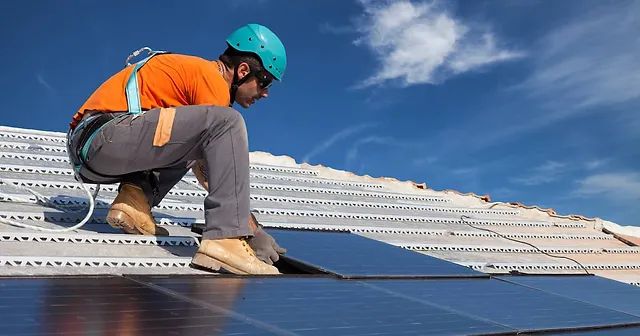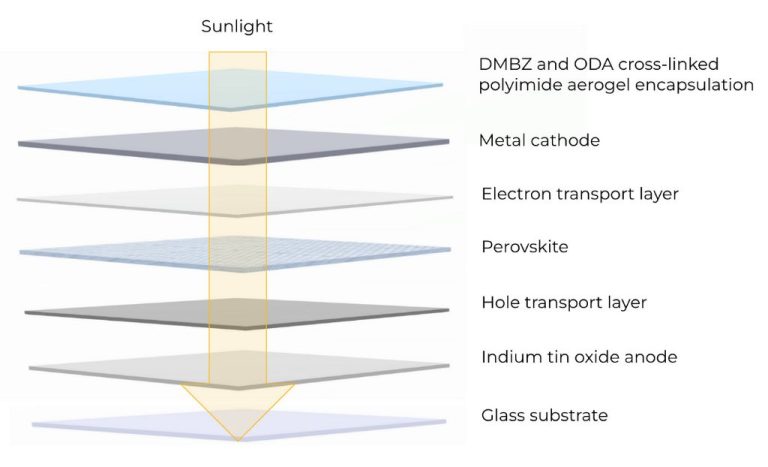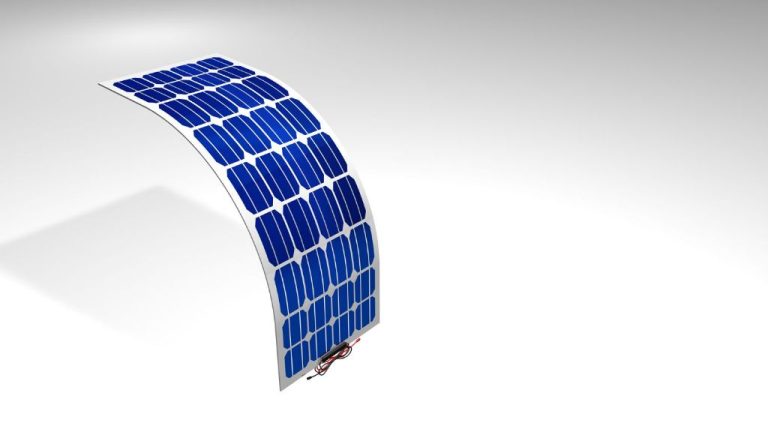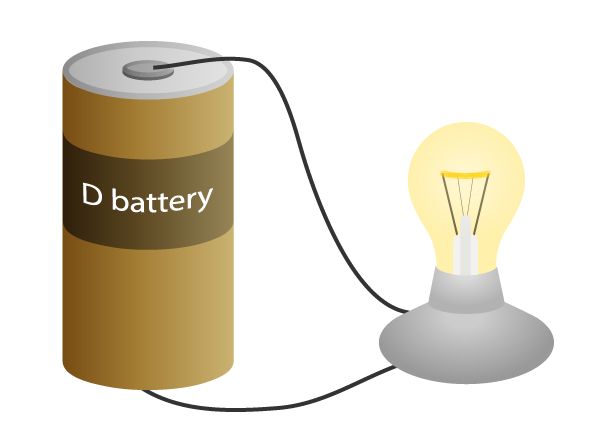Do You Need Sun For Solar Energy?
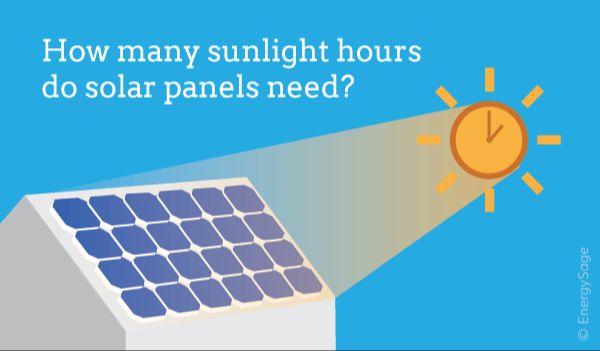
Energy from the sun is a high-interest topic as many countries and individuals look to shift to clean, renewable sources. Solar energy offers an environmentally-friendly option to produce electricity without emitting greenhouse gases. This article will explain how solar panels generate electricity from the sun, the amount of sunlight needed, other factors affecting solar power output, solar energy storage, and generating solar power without direct sunlight. By the end, you’ll have a comprehensive look at solar energy and sunlight requirements.
What is Solar Energy?
Solar energy is the radiant energy emitted by the sun that is harnessed using various technologies like solar heating, photovoltaics, and others. The sun produces energy through a process called nuclear fusion, in which hydrogen atoms fuse together to make helium atoms, releasing energy in the process. This energy radiates into space in all directions. When it reaches the Earth, we are able to capture and convert it into useful forms of energy like electricity or heat.
Humans have harnessed solar power for centuries, with some of the earliest uses being to dry materials and heat homes. In the 1860s, the potential to convert sunlight into electricity was realized. In 1883, Charles Fritts built the first working solar cell using selenium wafers. Through the 1930s and 1940s, research progressed on developing silicon solar cells. The modern photovoltaic solar cell was invented in 1954 at Bell Labs. Since then, solar panel technology has rapidly advanced with commercial production and installation taking off in the 1970s. Today solar energy is one of the fastest growing renewable energy sources worldwide.
How Solar Panels Work
Solar panels work through the photovoltaic effect, which is the process of converting sunlight into electricity. When sunlight hits the solar cells inside a panel, the photons from the sunlight knock electrons loose from the atoms in the cells. The freed electrons then flow through the solar panel’s wiring to produce direct current (DC) electricity.
Solar panels are made up of many individual solar cells wired together. Each cell consists of two layers of semiconducting material, usually silicon. The layer on top has an abundance of electrons while the layer on bottom lacks electrons. When sunlight hits the solar cell, the photons excite the electrons on the top layer causing them to flow to the bottom layer and produce an electric current.
Solar panels also contain an anti-reflective coating that helps absorb more sunlight, metal conductive plates on the bottom to collect and transport current, wiring to interconnect all the cells, a glass casing for protection, and a sturdy aluminum frame for support. Most panels also have a junction box on the back with diodes to optimize power flow and decrease shade impact.
Solar Energy Production
Solar panels contain photovoltaic cells made up of silicon that absorb photons from sunlight and release electrons. When sunlight hits the solar panel, the photons knock electrons free from the atoms in the semiconductor material. The free electrons flow through the panel creating an electric current. This process of converting light (photons) to electricity (voltage) is called the photovoltaic effect.
The direct current (DC) electricity generated by solar panels then travels to an inverter, which converts the DC electricity into alternating current (AC) electricity that can be used to power homes and businesses. From the inverter, the electricity flows into the main electrical panel and breaker box to distribute electricity throughout the building.
The amount of electricity generated by a solar panel system depends on how much sunlight strikes the panels. Areas that receive more annual sunlight will produce more solar power. The orientation, tilt, and shading of panels also impact production. Properly oriented panels pointed toward the equator and unshaded from buildings or trees will maximize energy generation.
Sources:
[1] https://www.energy.gov/eere/solar/how-does-solar-work
[2] https://palmetto.com/learning-center/blog/we-break-down-how-solar-energy-works-step-by-step
Sunlight Requirements
Solar panels do not require direct sunlight to generate electricity, but more sunlight leads to greater energy production. According to Solar Reviews, most rooftop solar panels start producing energy shortly after sunrise on a clear day, even without direct sunlight hitting the panels. The key is that there is sufficient ambient sunlight to activate the panels.
Solar panels can still generate electricity even on cloudy or rainy days. However, the output will be diminished. As explained by Paradise Solar Energy, in ideal conditions solar panels receive about 4-5 hours of direct sunlight per day. But panels can produce some energy if they get at least 2 hours of sunlight, whether direct or indirect. Overcast skies diffuse the sunlight, leading to lower yields.
So while solar panels work best with maximum direct sunlight, they can still function with indirect, ambient light on cloudy days. But more clouds lead to lower electrical output.
Other Factors Affecting Output
In addition to direct sunlight, there are several other factors that can affect the energy output of solar panels, including:
Temperature: Solar panels become less efficient as temperature increases. On very hot days, a solar panel in direct sunlight can be up to 50°F hotter than the air temperature. This excessive heat causes the solar cells to lose some efficiency. Solar panel efficiency will decrease by about 0.5% for every 1.8°F increase in temperature above 77°F. To combat heat issues, solar panels can be paired with smart inverters that adjust the voltage and current to maximize efficiency at higher temperatures.[1]
Location: The location where the solar panels are installed impacts efficiency and energy production. Panels will produce more energy in sunnier climates closer to the equator than in cloudier northern climates. Solar potential maps can determine local solar resource levels and predict system output.[2]
Direction Panels Face: The orientation of solar panels impacts how much sunlight they receive. In the northern hemisphere, south-facing panels tilted at an angle capture the most sunlight. However, panels can face east, west or even north and still generate solar power at reduced efficiency. Proper solar panel orientation is site-specific.[3]
Solar Energy Storage
One of the key components of a solar energy system is the ability to store excess electricity generated by the solar panels. This is usually done using batteries that can store the electricity for later use when solar panels are not actively generating power, such as at night. Two main factors regarding solar energy storage using batteries are capacity and cost.
Having sufficient battery storage capacity is crucial to fully take advantage of the solar power system. According to Tesla, their Powerwall battery provides 13.5 kWh of storage capacity which can power most homes during the night with typical electricity usage. Without enough battery capacity, excess solar energy may be wasted if it cannot be stored and used later. The U.S. Department of Energy recommends determining your household’s energy consumption needs and installing enough battery capacity to meet those needs.
Battery storage systems can be quite costly, ranging from $12,000 to $22,000 according to the Department of Energy. However the price has been dropping over time as the technology improves. The investment in battery storage allows solar panel systems to provide power around the clock and maximize their utilization and return on investment. It also provides backup electricity in case of grid outages. Overall, having adequate and affordable battery storage capacity is key to making the most of a home solar energy system.
Going Solar without Sun
While solar panels do need sunlight to generate electricity, there are alternatives that allow you to have renewable energy even when the sun isn’t shining. Two options are wind power and geothermal energy.
Wind turbines utilize the kinetic energy in wind to generate electricity. They can produce power day and night as long as there is wind. According to the U.S. Department of Energy, wind power is now one of the cheapest sources of electricity generation. Wind farms can be installed onshore or offshore in windy locations.
Geothermal energy harnesses the natural heat inside the earth to produce electricity. This heat can be accessed by drilling wells deep underground where temperatures are high enough to boil water into steam to spin turbines. Geothermal plants provide consistent clean power 24/7. However, geothermal energy is only feasible in certain locations with optimal underground temperatures and steam accessibility.
Hybrid renewable energy systems that combine solar with wind, geothermal or other sources like hydropower can provide clean electricity around the clock. When solar production decreases, other sources can pick up the slack. With a balanced hybrid system, you can be powered by renewables even when the sun goes down.
The Future of Solar
The future looks bright for solar energy. According to research by the National Renewable Energy Laboratory (NREL), solar power could provide up to 40% of the nation’s electricity by 2035 and 45% by 2050 (NREL). This growth will be driven by continued improvements in solar technology and cost reductions.
One major focus in solar research is improving the efficiency of photovoltaic panels. The theoretical maximum efficiency of traditional crystalline silicon solar cells is around 30%, but most panels today operate in the 14-22% efficiency range. Emerging technologies like perovskite solar cells and tandem PV designs could push efficiencies above 30% (MIT Future of Solar). Higher efficiency means more electricity generation from the same sized solar array.
Energy storage is another key to enabling greater solar penetration. As solar scales up as a share of electricity generation, storage can help shift surplus daytime production to meet evening peak demand. Lithium-ion batteries are becoming more affordable, and new technologies like flow batteries aim to provide longer duration grid-scale storage at lower cost.
The cost of solar power has already dropped dramatically over the past decade, with module prices falling over 80% (IEA). Experts expect costs to continue decreasing as technology improves and solar production scales up further. The US Department of Energy has set cost targets for utility-scale solar of $1 per watt by 2030.
Conclusion
In summary, we’ve learned that solar panels do not strictly require direct sunlight to generate energy. While solar panels are optimized for converting sunlight into electricity, they can still produce energy on cloudy days, in partial shade, and even during the night with stored solar energy. Key points discussed include:
- Solar panels utilize both direct and diffuse sunlight to produce energy. They can generate 10-25% of their full rated power on very cloudy days.
- Solar panels will keep producing some energy even when partially shaded. Advanced power electronics minimize energy losses from shading.
- Storing solar energy in batteries allows solar systems to provide power even when the sun isn’t shining.
- Factors like panel tilt, orientation, and geographic location have a greater impact on solar production than direct sunlight alone.
- Advancements in solar cell technology are improving efficiency and making solar energy more viable in diverse conditions.
While abundant sunlight boosts solar panel output, it is not an absolute necessity. With smart system design and evolving solar tech, homes and businesses can go solar even without full sun exposure.

